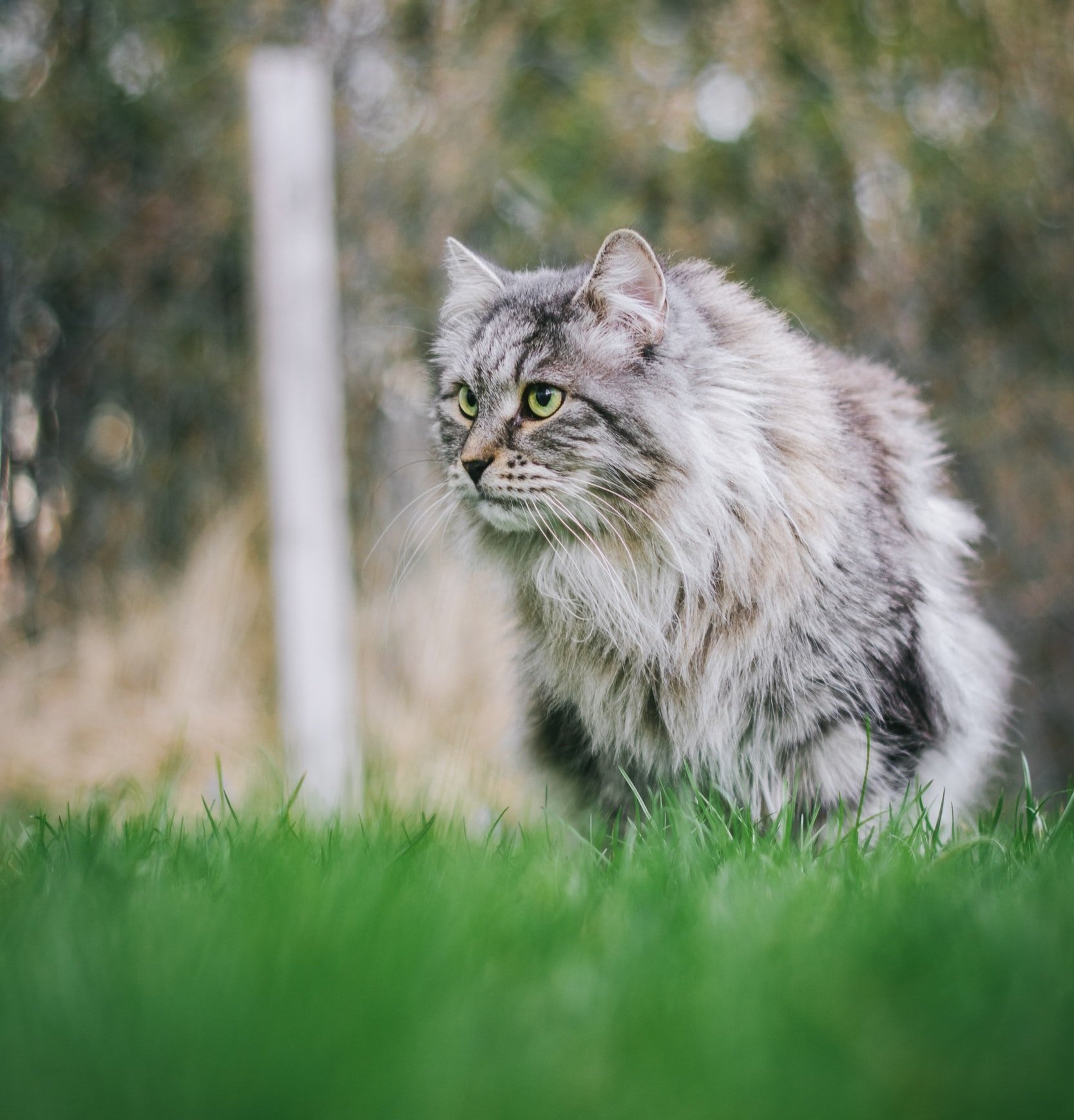Secrets to a long-lived pet. (Introduction)
Everyone dreads the inevitable final goodbye to our dearest companions. The loss is immense and heart breaking.
Some people are “lucky” and have pets that live way beyond the standard life expectancy whilst others have pets that require constant trips to the vet, hefty bills and are short lived?
But is it really just LUCK? or are there secrets to having a healthy long lived pet that you don’t know about?
If there were, wouldn’t you love to unlock these secrets?
According to petplan a pet insurance company, the average Siberian life expectancy is 12 - 15 years. That is alarmingly short especially since many retired Siberians living in catteries are healthy and alert beyond 16 year of age.
What are we missing? Are these catteries hiding the formula to long life?
To put simply, we do have more knowledge than most and our secret is G.E.N



The 3 Fundamentals and the corner stone to pet longevity.
Thus is something every well read , ethical, reputable breeder is aware of. Each cattery pursues it own standards but sometimes it is not something that all breeders are able or choose to work at.
Not All Pure Bred Pets are Well Bred Pets
A cattery may pursue certain physical traits, have economic reasons or perhaps are working with certain breeds and that are currently limited in diversity. Regardless of the possible scenarios you as a pet owner should be aware and understand the ramifications of your decision. A pet is for life and there is nothing more noble than being responsible for the well being of another life.
The information we are about to share will hopefully save you a early heart break or ease your wallet from vet visits.
Genetic Diversity
Its often mistaken and continuously erroneously repeated that all pedigree or pure bred cats/ dogs for this matter, live shorter lives or have more health issues than mixed moggies or mongrels.
This is often repeated to sensationalize and make adoption or purchase of mixed pets from Backyard breeders or pets of unknown heritage more attractive.
WinterForest is all for adoption and rescuing a pet to their furever home and this should always be considered and explored before purchasing a non pedigree from a shop or backyard breeder.
This misinformation was spun after the discovery that a diverse gene pool resulted in healthier, longer lived pets. The assumption was made that mixed or strays have a more diverse gene pool than a well run breeding program.
In an urban setting, an increase affluence, awareness on the importance of sterilization, dangers of free roaming cats as well as extensive trap and release programs have resulted in a sharp drop in genetic diversity of strays and available breeding cats to backyard breeders.
This diminished breeding population leads to lesser genetic diversity than many pedigree catteries or kennels that practice line or inbreeding. Many rescues, pet shop bought or backyard bred kittens are exhibiting physical defects like kinked tails, smaller bodies, skull deformations and other less obvious health issues like a weakened immune system that leads to disease from FIP or inflammation like HCM and allergies .
If your desire is to have a pet that is long lived, it is crucial that you study its pedigree and understand how diverse is its bloodlines. This maybe tedious but rewarding.
Looking into a cattery or kennel’s motto and communicating with them may illuminate their direction and beliefs on where they stand in their pursuit of breed standards.
A sample 5 generation pedigree certificate.
Notice Red and Black words?
Red is usually reserved for Individuals that have competed and won titles
Sadly, the most popular pedigrees or pet quality kittens are rarely genetically diverse.
Trying to keep up with demand as well as lower prices not every cattery is able to engage in the pursuit to develop a robust gene pool.
A deep dedication and patience is required. Getting cats from diverse bloodlines, geographical locations, with the correct temperament and conformation to breed standard is usually done at great expense and not something that most pet breeders or owners will undertake.
A genetical diverse cattery strives for no inbreeding or line breeding within 3 or 5 generations, with some catteries go as far back as 25 generations when screening their breeding kings and queens.
Sometimes even if you have a well meaning cattery, achieving genetic diversity is simply not possible.
Certain breeds originate from a small pool and sometimes from a single cat. When such breeds are selected, it is highly likely that you need to be prepared for issues.
Many popular pedigree breeds fall into this category, but pawrents cannot resist the pull of those breeds or were unaware at time of adoption.
Will this mean that their furbaby is now destined to suffer health issues and a shorter lifespan?
Check out our next article as we look into unlocking the other 2 factors.


